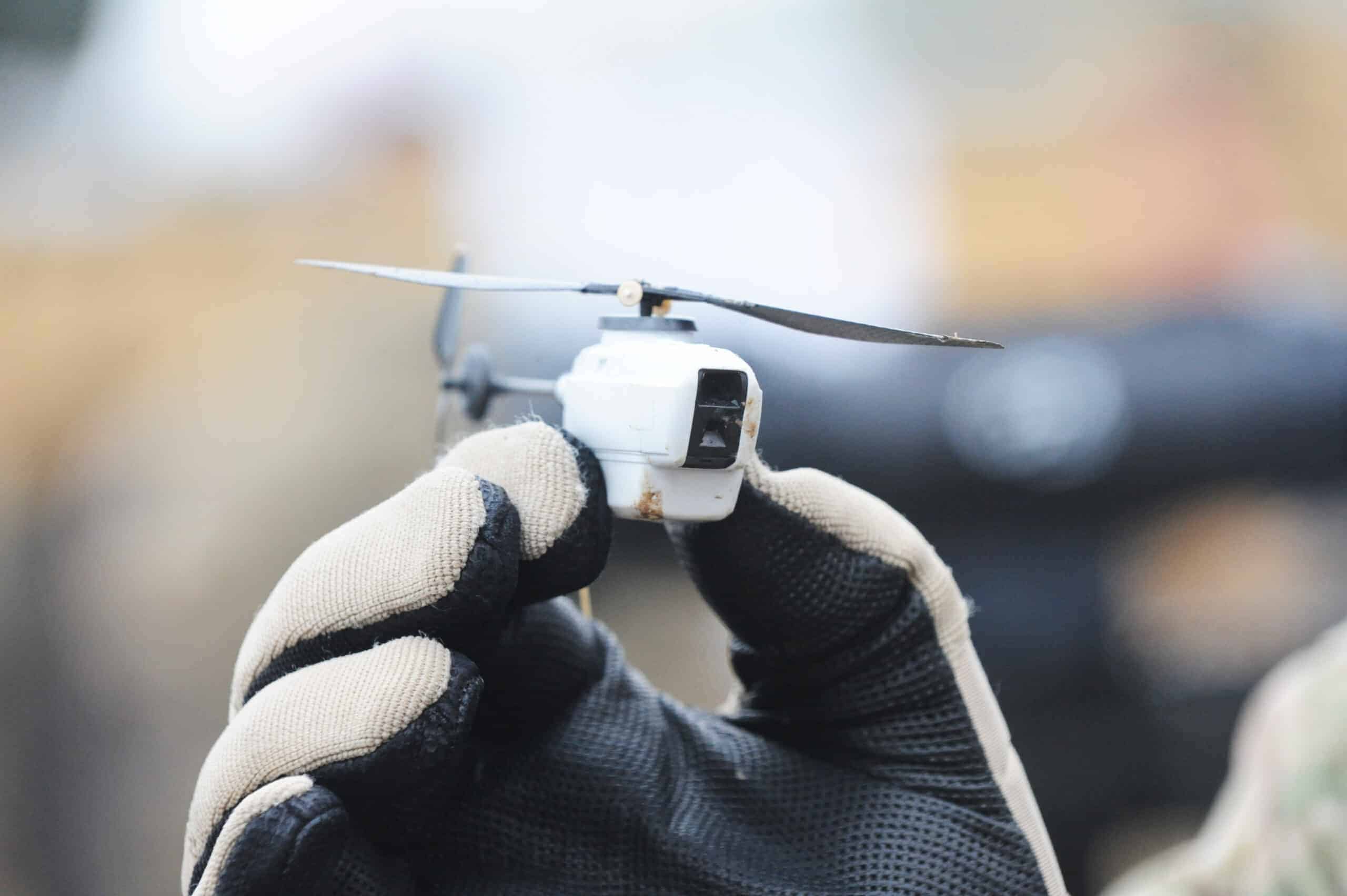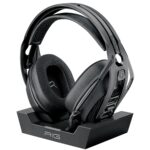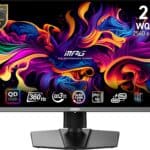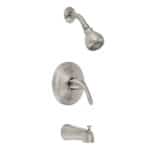Anybody who has ever operated a drone knows that accidents and crashes are just a part of life. When a drone crashes, the ability to repair it depends on the type and extent of the damage it sustains. In many cases, simple issues such as damaged propellers or landing gear can be easily replaced by the user. For more serious damage, it may be necessary to seek assistance from professional repair services or contact the manufacturer, especially if the drone is still under warranty. This guide will help you determine the extent of the damage, decide between DIY repairs and professional assistance, and offer tips for fixing your drone yourself. Remember, safety and patience are key when attempting any repairs.
Before attempting any repairs, it’s crucial to thoroughly assess the damage. Identifying broken components and understanding the drone’s design and repair requirements are important initial steps. If the drone is no longer under warranty and the user has the necessary technical skills, they may choose to attempt a DIY approach. Otherwise, professional repair services or manufacturer support can offer the necessary help to restore the drone’s functionality. This may be more cost-effective than purchasing a new one.
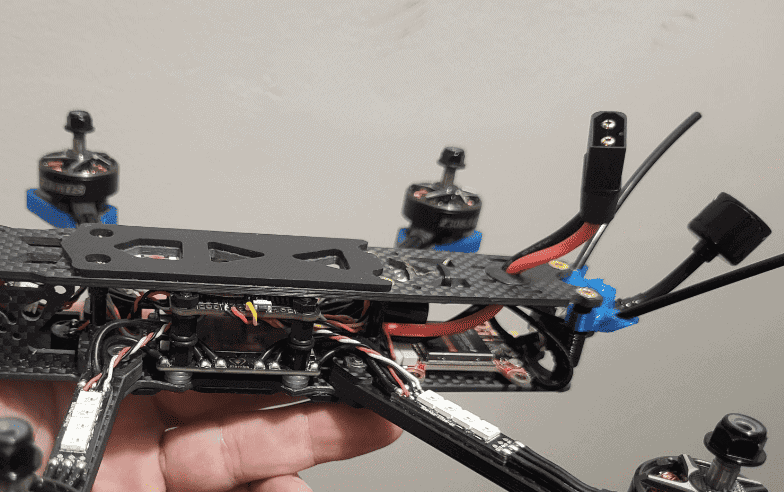
Giving Your Drone a Second Chance: Repairing After a Crash
Crashes happen, even to the most experienced drone pilots. The sight of your drone tumbling from the sky can be disheartening, but don’t despair just yet. The good news is that many crashed drones can be repaired, giving them a new lease on life.
Assessing the Damage
The first step is to carefully examine your drone for any visible damage. Look for:
- Cracked or broken propellers
- Bent or damaged arms or landing gear
- Scratches or cracks on the body or camera
- Malfunctioning gimbal or camera
- Issues with the drone’s electronics or internal components
DIY Repairs vs. Professional Help
The extent of the damage will dictate whether you can attempt repairs yourself or if you need professional assistance.
| DIY Repairs | Professional Repairs |
|---|---|
| Replacing propellers Straightening bent arms or landing gear Minor cosmetic fixes | Replacing damaged electronics or internal components Repairing or replacing the camera or gimbal Extensive damage to the drone’s frame |
Factors to Consider
- Severity of Damage: Minor damage like broken propellers is usually easy to fix yourself. Extensive damage to the frame or internal electronics might require professional repair.
- Technical Skills: If you’re comfortable with electronics and have some DIY experience, you might be able to tackle more complex repairs. Otherwise, it’s best to leave it to the experts.
- Warranty: Check if your drone is still under warranty. Some manufacturers offer repair or replacement services for accidental damage.
- Cost: Weigh the cost of repairs against the cost of buying a new drone. Sometimes, it might be more economical to replace the drone altogether.
Tips for DIY Repairs
- Gather the right tools: Make sure you have the necessary tools, such as screwdrivers, tweezers, and a soldering iron (if needed).
- Follow online tutorials: Many online resources and videos provide step-by-step instructions for specific drone repairs.
- Use genuine parts: Always use original or compatible replacement parts to ensure proper fit and function.
- Be patient and careful: Take your time and avoid rushing the repair process.
Exploring Drone Repair Options After a Crash
Drones are fun and useful tools, but crashes are an unfortunate reality. If your drone has taken a tumble, don’t despair just yet! Let’s examine the possibilities and limitations of drone repair:
Assess the Damage
What to Look For
The severity of the damage will largely determine the feasibility of repair. Carefully inspect your drone for:
- Broken propellers: These are relatively easy and inexpensive to replace.
- Cracked housing: Minor cracks can sometimes be fixed. Extensive damage to the body can be challenging and may affect internal components.
- Damaged motors or arms: Replacement parts are available, but repair can be more complex.
- Gimbal and camera damage: These delicate components are sensitive, impacting functionality and repair costs.
Repair Options
Your Choices
- DIY Repairs: If you’re technically inclined, you might be able to fix simple issues like replacing propellers or minor body repairs. Online resources and tutorials can help, but more complex repairs require skill and knowledge.
- Manufacturer Repair: Contact the drone manufacturer for official repair services. Costs can be high, but you’ll have the expertise and original parts.
- Third-party Repair Shops: Specialized shops often offer repair services. It can be a more affordable option than manufacturer repairs.
When Repair Might Not Be Worthwhile
Factors to Consider
- Cost vs. Replacement Value: Weigh the cost of repair compared to buying a new drone, especially for older models.
- Extensive Damage: If multiple components are damaged, repair costs may be unrealistic.
- Warranty Coverage: Accidental damage is rarely covered, but always worth checking your warranty.
Preventing Future Crashes
Lessons Learned
- Practice in open spaces: Gain flying experience in a safe environment.
- Follow regulations: Understand and follow local drone regulations.
- Pre-flight checks: Inspect your drone before every flight.
| Factor | Description |
|---|---|
| Damage severity | Simple repairs might be feasible, extensive damage increases costs and complexity. |
| Repair knowledge | DIY repairs can be budget-friendly, but require technical understanding. |
| Replacement Cost | A new drone might be more cost-effective in certain cases. |
Drones are a worthwhile investment, but understanding repair possibilities and limitations is crucial after a crash. A careful assessment of damage and cost of repair will guide the decision to fix or replace.
Key Takeaways
- Drones with simple damage can often be repaired by the user.
- Thorough damage assessment is crucial before repair.
- Professional repairs can assist if the damage is beyond DIY fixes.
Assessing Drone Crash Damage
When a drone crashes, the first step is to carefully evaluate the extent of the damage. This helps in deciding whether to repair or replace the drone.
Identifying Visible Damage
Look for cracks, dents, and other signs of damage on the drone’s body. Check the propellers for breaks or bends. Ensure that the landing gear is intact and the camera, if any, is unharmed. List all visible issues.
Conducting Internal Checks
After the outer inspection, check if the drone’s internals are working. Power on the drone and observe any error messages. Review the flight data to understand if the systems are functioning as expected.
Evaluating Repair Cost
Itemize the parts that need repair or replacement. Gather price quotes for these parts. Factor in labor if professional help is needed. Compare the total repair cost against the price of a new drone to decide on the best course of action.
Repair Process and Considerations
When your drone crashes, you may wonder if it’s fixable. Repair options range from doing it yourself to seeking professional help. The warranty can influence your choice.
Approaching DIY Repairs
If you’re handy, you might repair simple issues like broken propellers or arms yourself. Always check the manual before starting any work. Tools and replacement parts are often available online. Remember to take your time. Quick fixes might lead to more problems.
Understanding Warranty and Insurance
Before opening up your drone, know your warranty status. Manufacturers like DJI offer service plans such as DJI Care or DJI Care Refresh. These might cover some repair costs. If you got drone insurance, reach out to your provider. You’ll want to understand what’s covered and what the deductible is.
Seeking Professional Repair Services
For complex problems, consider a professional repair service. Look for an authorized repair center. They have the right tools and expertise. Check reviews and turnaround time before choosing a service. Repair fees can vary, so ask for a quote first.
Frequently Asked Questions
Drones are resilient, but crashes can still lead to the need for repairs. This section covers essential steps and considerations for drone owners facing post-crash fixes.
What steps should be taken after crashing a drone?
First, ensure safety by disconnecting the drone’s battery to prevent any electrical hazards. Then assess the visible damage carefully. Always check for broken parts and consult the drone’s manual for guidance on initial checks.
Is it possible to repair a drone by oneself?
Yes, minor repairs like replacing propellers or fixing loose connections might be manageable at home. However, complex issues such as electronic or motor repairs typically require expert skills.
What are the common repairs needed for a crashed drone?
Common repairs include replacing damaged propellers, fixing bent or broken landing gear, and addressing issues with the motors or camera gimbal. Internal electronic malfunctions may also need attention.
How does one find a professional drone repair service?
Searching online for certified drone repair services is a good start. Check reviews and ensure the service has experience with your drone’s make and model. Some may offer mail-in options if local services aren’t available.
Are there warranty considerations to be aware of when fixing a crashed drone?
Review the drone’s warranty before attempting repairs, as unauthorized fixes can void the warranty. Contact the manufacturer to understand the terms and check if the damage is covered.
What options are there for repairing a drone that falls outside of warranty coverage?
Beyond the manufacturer’s warranty, some companies offer service plans for crash damage. If the warranty has expired, third-party repair services or DIY repair kits may be the only options, depending on the extent of damage.

